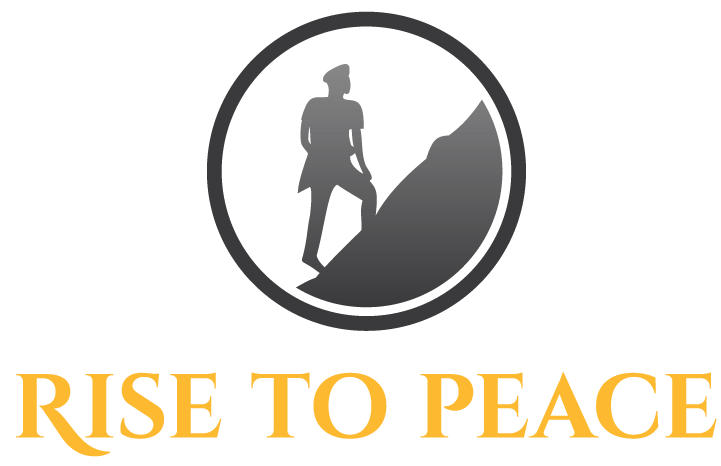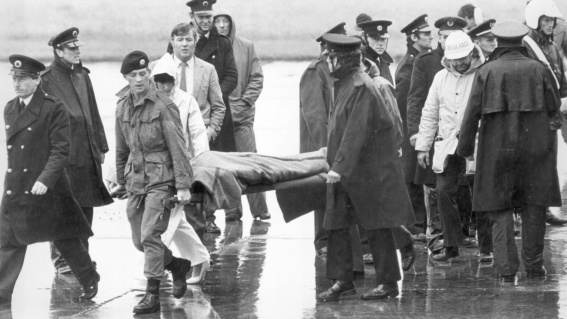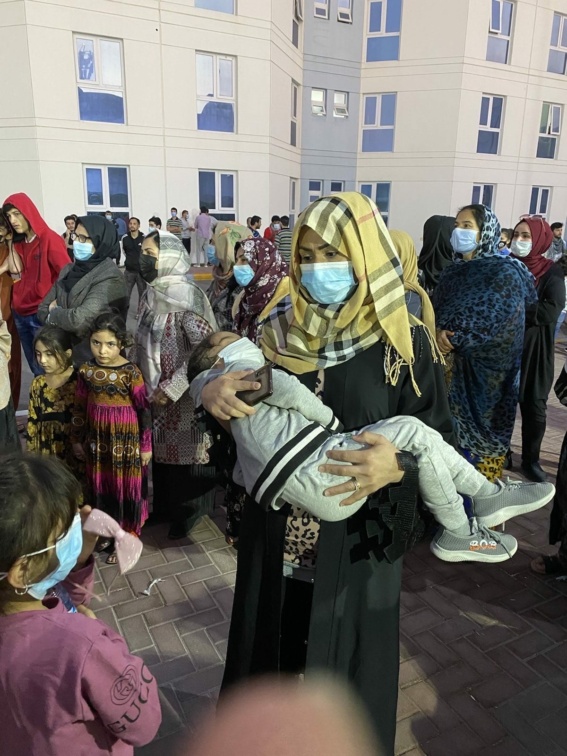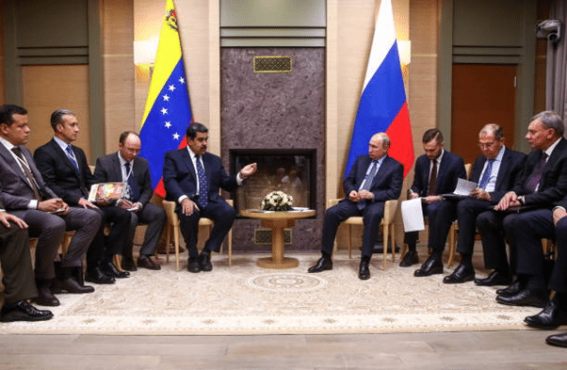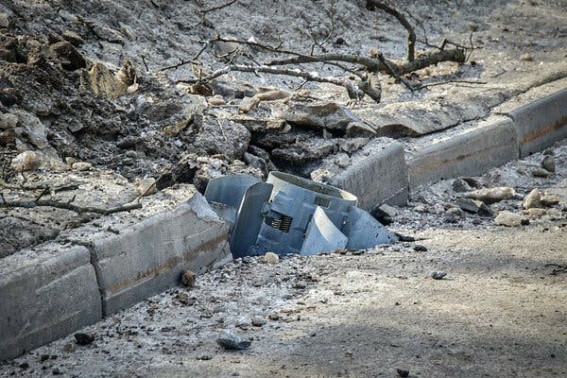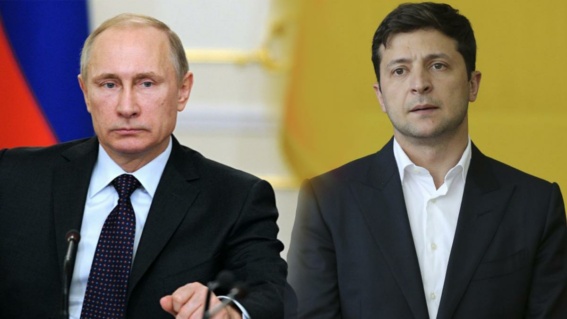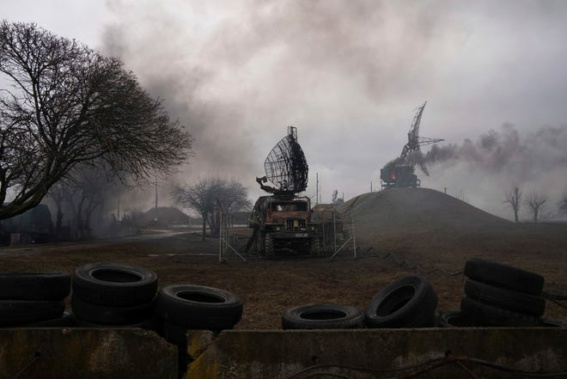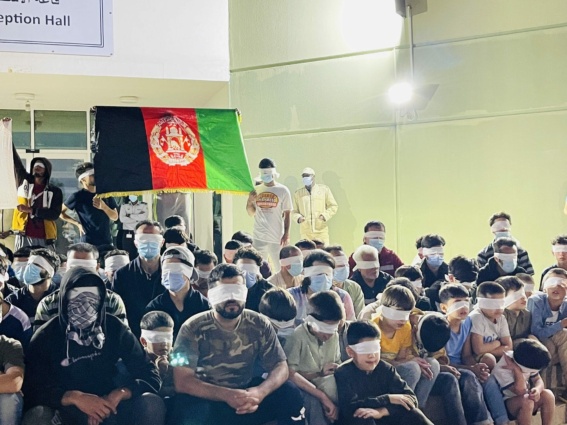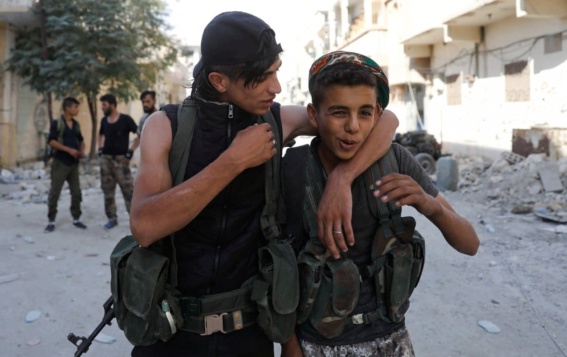Too often while studying terrorism and counter terrorism, analysts cast their gaze to the present, looking to explain and solve threats in the moment. Like standing with your nose pressed against a billboard and trying to describe the image accurately, this type of analysis often lacks perspective. Stepping back and seeing the whole picture can reap great rewards in terms of understanding, and future prevention.
With that in mind, the 1985 case of Air India 182, Canada’s single largest mass killing and terrorist attack, will be examined in hopes of understanding how the Canadian Intelligence apparatus failed to prevent or even mitigate the harm.
Context
In June 1984 the Indian prime minister Indira Gandhi decimated a group of Sikh rebels who had taken shelter in the Golden Temple in Amritsar Punjab, the most holy site of Sikhism. Operation Blue Star killed hundreds of Sikh militants, the actual death toll remains unknown, and heavily damaged the temple. Expatriated Sikhs promised vengeance, and in October Prime Minister Gandhi was assassinated by her Sikh bodyguards; her murder triggered thousands of revenge killings against Sikhs across India.
Canada has a large population of immigrants from the sub-continent, and the violent backlash was reflected in these communities; an extremist group known as Babbar Khalsa openly demanded revenge against India. One Canadian leader said, “I give you my most solemn assurance, until we kill 50,000 Hindus, we will not rest.”
The Attack
The Air India attack was planned and financed with $3,000 in funds provided by a local businessman in Vancouver. Two suitcase bombs were placed on board flights bound for India in Vancouver.
The first bomb reached Tokyo Narita airport the morning of 23 June and exploded during the luggage transfer, killing two handlers.
The second bomb was placed on Pacific flight 301 to Toronto with transfers in Montreal, London, and Bombay. It exploded 200 kilometers off the coast of Ireland, bringing down the 747 with 329 persons on board, mostly Canadians of Indian descent.
Canadian Intelligence Failure
CSIS, the official Canadian Intelligence Service, is distinct and separate from the RCMP, Canada’s only federal law enforcement agency. In 1984 CSIS was still a new entity and was still finding its feet in terms of operations. Unfortunately, they stumbled off the block with the most devastating misstep in the history of Canadian high policing.
Despite having correctly identified Sikh extremists and listened in on conversations between cell members, even following suspects into the woods where they tested a bomb, CSIS failed to engage in any preventative action, including, as dictated by law, informing the RCMP that a major crime was being planned. Additionally, Indian intelligence was monitoring the Sikh community in Canada at the time and warned multiple times that acts of violence were being prepared.
The RCMP also failed to act on valuable intelligence. Three weeks before the attack, the Air India Intelligence service notified the RCMP that an attack on planes was imminent, at the time Air India only had two flights per week. The RCMP offered no response, in fact calling its canine bomb detection squads to a training meeting on the day of the attack, the only day with any Air India flights. The RCMP failed to share any information with CSIS, and the Canadian Security Establishment (CSE), the SIGINT and cryptology agency of Canada, which also had intercepts announcing an attack on flight 182 but did not share them with either CSIS or RCMP.
Why They Failed
In its formative years, CSIS viewed itself as entirely separate from police, gathering intelligence rather than proof. The RCMP had been plagued by controversy and corruption in the 1970s and as a result, an intense compartmentalization of government agencies became policy. On a legislative level, the Canadian Charter of Rights and Freedoms was only two years old and had not been well defined in terms of actual “on the ground” implementation.
As a result, Canadian agencies were unclear about their role and failed to prevent the attack, despite having a great deal of forewarning. They were also incompetent in the following investigation, wasting millions of dollars towards a weak criminal case.
Lessons for Counterterrorism
Like so many terror attacks in the modern world, Air India 182 was preventable. A failure to cooperate between, and to clearly define the roles of, the governmental agencies involved, and to keep sight of the ultimate goal of police and intelligence agencies, to mitigate harm and protect the interests of the state, led to an avoidable tragedy.
In terms of actionable change, the priorities should include shrinking the gap between intelligence and prevention, creating a clearly defined strategy of what to do when imminent harm is detected, interdisciplinary sharing of ideas, and interagency cooperation to quickly address emerging threats. Parsing actionable intelligence from white noise and using it effectively to mitigate harm should be a focus of analysts in every intelligence agency.
Air India 182 remains the greatest terror attack and the largest mass murder in Canadian history. The failure was not in intelligence gathering, or the timeliness of the warning, but in the actual work of preventing harm and protecting innocent lives. Only by re-evaluating the response and analysis can such atrocities be prevented in the future.
Rory McDonell, Counter-Terrorism Research Fellow
